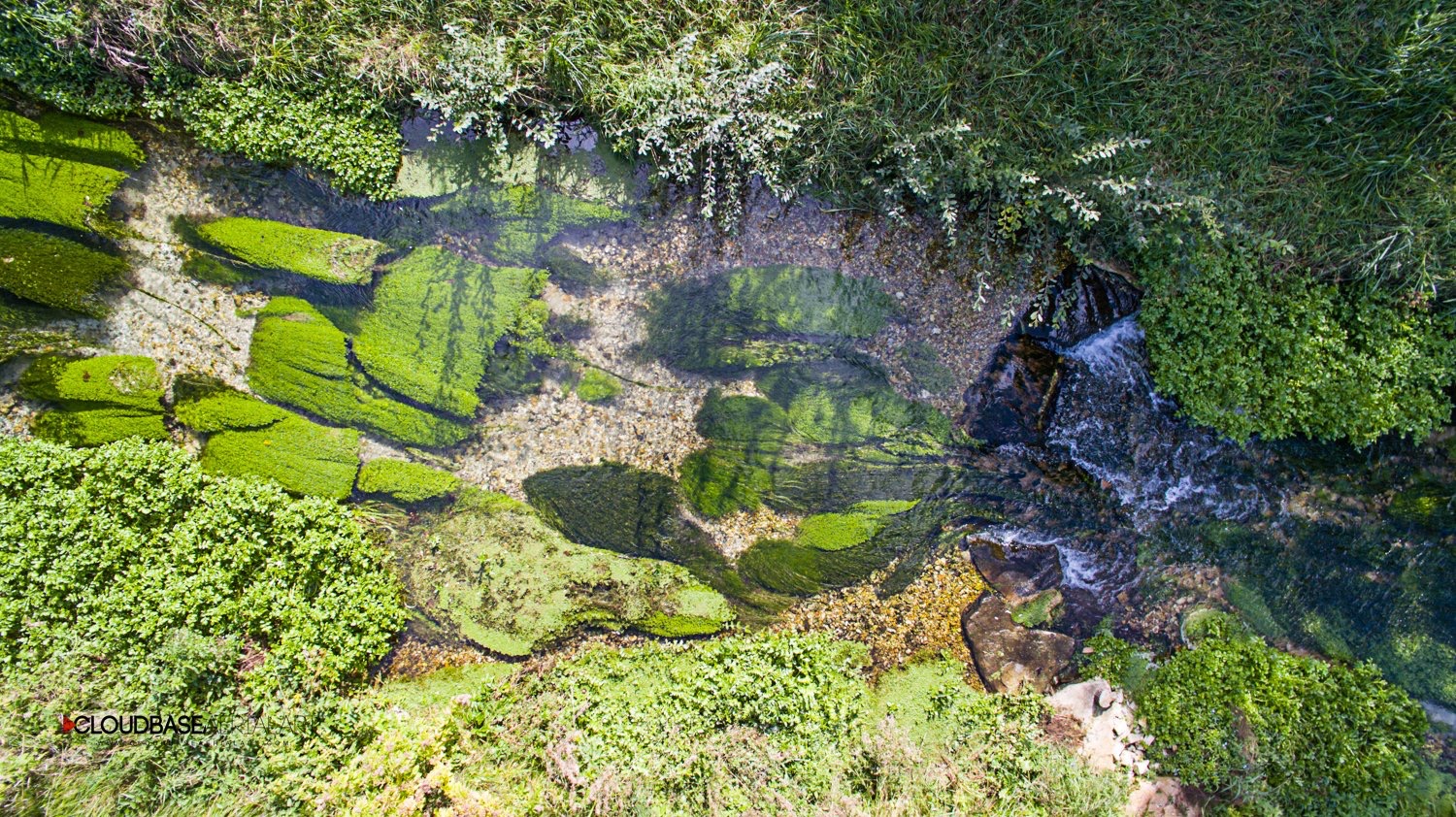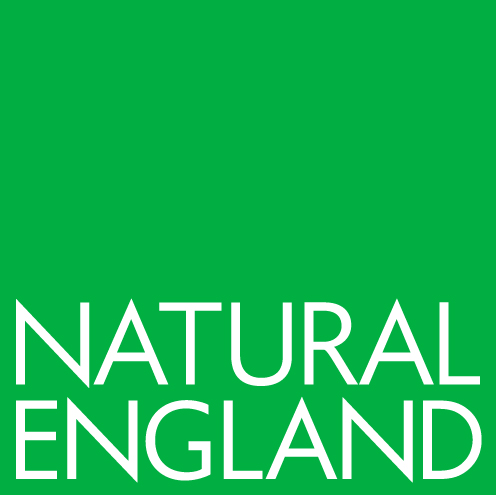River Restoration > Designated Rivers
| Introduction |
| ¯¯¯¯¯¯¯¯¯¯¯¯¯¯¯¯¯¯¯¯¯¯¯¯¯¯¯¯¯¯¯¯¯¯¯¯¯¯¯¯¯¯¯¯¯¯¯¯¯¯¯¯¯¯¯¯¯¯¯¯¯¯¯¯¯¯¯¯¯¯¯¯¯¯¯¯¯¯¯¯¯¯¯¯¯¯¯¯¯¯¯¯¯¯¯¯¯¯¯¯¯¯¯¯¯¯¯ |
|
Sites of Special Scientific Interest (SSSI) are areas of land and water that best represent our natural heritage. Rivers that are designated as SSSI receive special protection for their habitat and the animals and plants that they support. This means that these rivers are managed to conserve and/or restore the habitats and features of the site so that they are in ‘favourable condition’. Favourable condition means that the SSSI’s habitats and features are in a healthy state. Rivers are a product of the landscape in which they sit. The more naturally that the river and its wider catchment functions, the healthier the river, and the greater resilience it will have to adapt to a changing climate. In turn this also helps reduce society’s vulnerability to the risks from climate change. These pages currently cover the SSSI river network in England where a national strategy has been adopted to restore geomorphological function. By geomorphological function we mean both the physical river habitat and the natural processes that shape our rivers physical habitat. |
| Progress on England's SSSI Rivers |
| ¯¯¯¯¯¯¯¯¯¯¯¯¯¯¯¯¯¯¯¯¯¯¯¯¯¯¯¯¯¯¯¯¯¯¯¯¯¯¯¯¯¯¯¯¯¯¯¯¯¯¯¯¯¯¯¯¯¯¯¯¯¯¯¯¯¯¯¯¯¯¯¯¯¯¯¯¯¯¯¯¯¯¯¯¯¯¯¯¯¯¯¯¯¯¯¯¯¯¯¯¯¯¯¯¯¯¯ |
| Overview of England |
An overview of progress on individual SSSI rivers is shown on the map below. All rivers shown are SSSI. Those that are also SAC are identified. Rivers shown in green have a restoration plan in place and restoration work is underway. Rivers shown in orange have restoration plans and projects being developed, and rivers shown in blue are getting underway in future.
Click the names on the map to see what information is available for each designated river, and where projects are planned or have taken place.

| SSSI Rivers in England | |
| ¯¯¯¯¯¯¯¯¯¯¯¯¯¯¯¯¯¯¯¯¯¯¯¯¯¯¯¯¯¯¯¯¯¯¯¯¯¯¯¯¯¯¯¯¯¯¯¯¯¯¯¯¯¯¯¯¯¯¯¯¯¯¯¯¯¯¯¯¯¯¯¯¯¯¯¯¯¯¯¯¯¯¯¯¯¯¯¯¯¯¯¯¯¯¯¯¯¯¯¯¯¯¯¯¯¯¯ | |
|
Forty four rivers in England (some 2500 km) are legally protected as Sites of Special Scientific Interest (SSSI), as they are the best remaining examples of different river types and associated habitats and species. Many SSSI rivers are also designated as Special Areas of Conservation under the Conservation of Species and Habitats Regulations and form ‘protected areas’ under the Water Environment (Water Framework Directive) (England and Wales) Regulations. However, despite this protection, many of these rivers have been impacted by large-scale historical damage, as well as the effects from the continuing use of rivers, their floodplains and their catchments for e.g. abstraction, flood defence, agriculture and urban development. |
 |
|
The approach to restoration of SSSI rivers involves development and implementation of strategic long-term whole-river restoration plans. The plans set out the actions needed to move the river towards a more natural, self-sustaining state that supports a diversity and abundance of characteristic wildlife. These plans are often focused on modifications to the channel but it is just as important to address modifications in the wider catchment that also effect the physical function of the river (land cover and how it is managed effect the river’s sediment and flow regimes and the dynamic physical characteristics of the river habitat (the quality of bank and riparian vegetation mosaics and trees and fallen woody material in the river channel). |
The national programme of river restoration planning & implementation on river SSSIs in England is led by
|
Restoration of these rivers and their wider environment can benefit society in a range of ways and deliver important ecosystem services by:
- helping to reduce risk of flooding and erosion
- helping to capture and store carbon
- helping to increase drought resilience
- improving aesthetic quality of river corridors
- restoring habitat quality for characteristic fish species, so encouraging natural, self-sustaining fisheries
- contributing to urban regeneration by enhancing the local river corridor and providing attractive blue/green space for recreation and leisure
River restoration also provides excellent opportunities for local communities and charities to be actively involved in decision making. The river restoration plans set a clear direction for all partners and stakeholders, and act as a focal point for securing and allocating resources.
| England's SSSI river restoration programme |
| ¯¯¯¯¯¯¯¯¯¯¯¯¯¯¯¯¯¯¯¯¯¯¯¯¯¯¯¯¯¯¯¯¯¯¯¯¯¯¯¯¯¯¯¯¯¯¯¯¯¯¯¯¯¯¯¯¯¯¯¯¯¯¯¯¯¯¯¯¯¯¯¯¯¯¯¯¯¯¯¯¯¯¯¯¯¯¯¯¯¯¯¯¯¯¯¯¯¯¯¯¯¯¯¯¯¯¯ |
|
|
The Environment Agency (EA) and Natural England (NE) have a joint national river restoration programme for SSSI rivers, and this includes funding a project to co-ordinate the development and implementation of river restoration plans. The RRC is an advisor to the programme. Senior Advisers working on the EA/NE programme are: Alex Lane, Dianne Matthews and Jenny Wheeldon (on secondment to Esmee Fairbairn) Restoring the physical habitat and natural processes of our river SSSIs is key to meeting the government’s targets for nature recovery set out in the Environment Act 2021 and presented by the Environmental Improvement Plan 2023 (which builds on the vision of the 25 Year Environment Plan), and considered as part of the Plan for Water 2023. Restoration also continues to deliver objectives under the Water Environment (Water Framework Directive) (England and Wales) Regulations 2017 and rivers that are also Special Areas of Conservation have an associated river restoration measure in the River Basin Management Plan. |
The physical restoration of our SSSI river network is being progressed in parallel with strategies and programmes to address other impacts on SSSI river systems, particularly abstraction, point source pollution (discharges), diffuse pollution, and invasive non‐native species. The combination of these activities will deliver a range of environmental improvements and benefit people that live and work along these rivers. You can read more about the national approach to SSSI restoration here.
|
The River Kent, Cumbria - 'Bowston weir removal project' and the River Severn, Gloucestershire, Worcestershire and Shropshire – unlocking the Severn projects were River Prize Finalists in 2023. The removal of the 37m wide and 3m high Bowston weir is improving the ecological health of the River Kent and in particular the free movement of fish, invertebrates and other aquatic life while also reducing the risk of flooding for local communities downstream. Cumbria Rivers Trust in partnership with the Environment Agency, Cumbria River Restoration Strategy, Natural England, cbec eco-engineering UK Ltd, Dynamic Rivers Ltd, University of Salford, Ebsford Environmental, Envirotech NW Ltd and European Agricultural Fund for Rural Development |
 |
|
Unlocking the Severn, a once in a lifetime river restoration project, has unlocked 253km of habitat for shad and other migratory fish for the first time in 180 years on the UK’s longest river, and engaged thousands of people with the fascinating natural, cultural, and industrial heritage of the Severn. Canal & River Trust in partnership with Environment Agency, Natural England and Severn Rivers Trust. There have been many other partnership projects involving SSSI rivers that have either won or been finalists over the years. The 2014, 2015, 2016, 2017, 2020, 2022 winners were the River Wensum, the River Tweed, the Cumbria Rivers, the River Avon, the Rivers Test & Itchen, River Ribble and Swindale Valley. Find out more >> The Cumbrian River Restoration partnerships programme also won the European Rivers Prize in 2022 for their efforts to reinstate natural river processes that benefit both people and wildlife. The work across the catchments of the Rivers Kent, Eden and Derwent has reduced flood risk, removed plastic from rivers and boosted biodiversity in the region. |
|
| There are several other UK River Prize winners that were partnership projects involving SSSI rivers - the 2014, 2015, 2016 and 2017 winners were the River Wensum, the River Tweed, the Cumbria River Restoration Strategy, and the River Avon. Find out more >> | |


